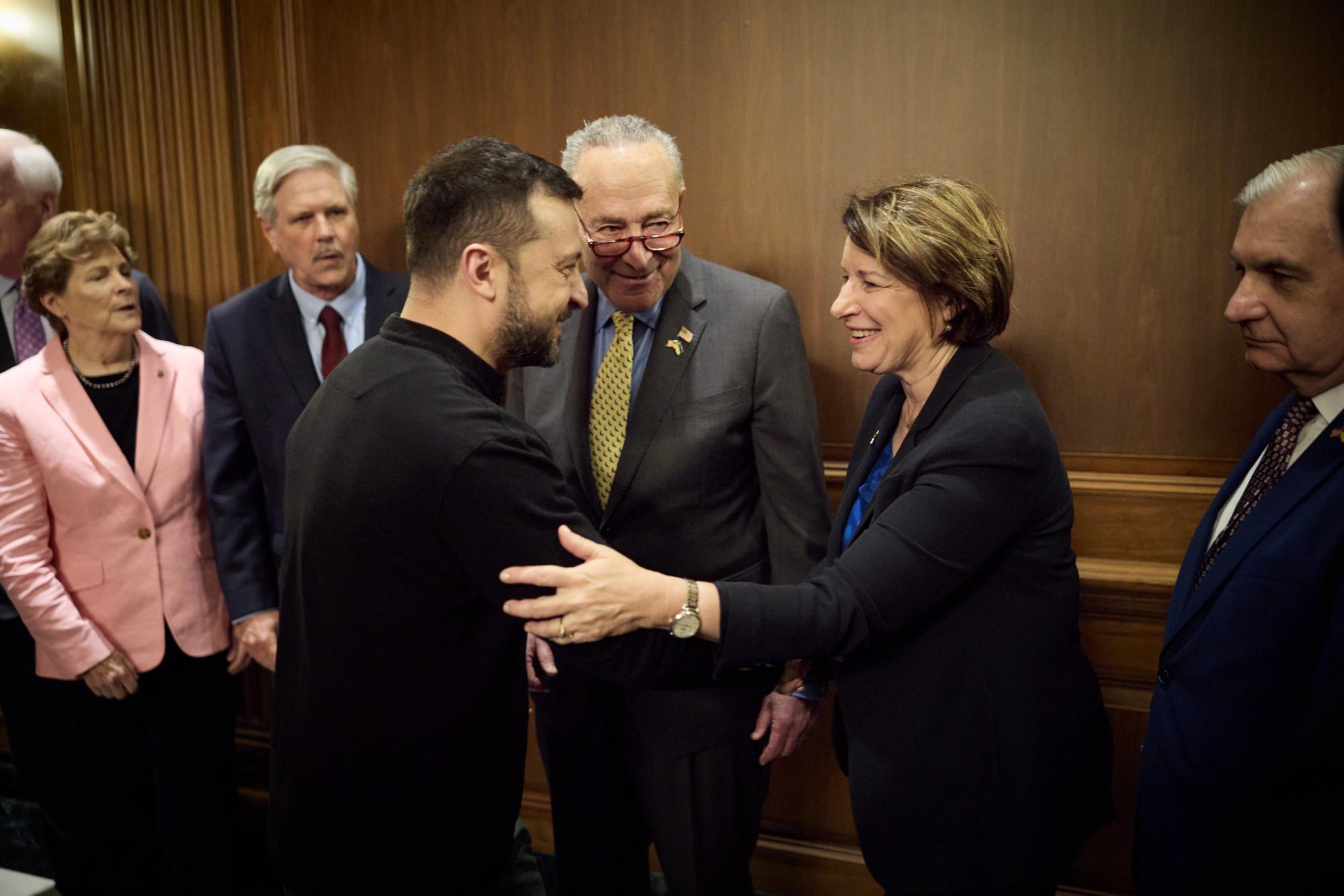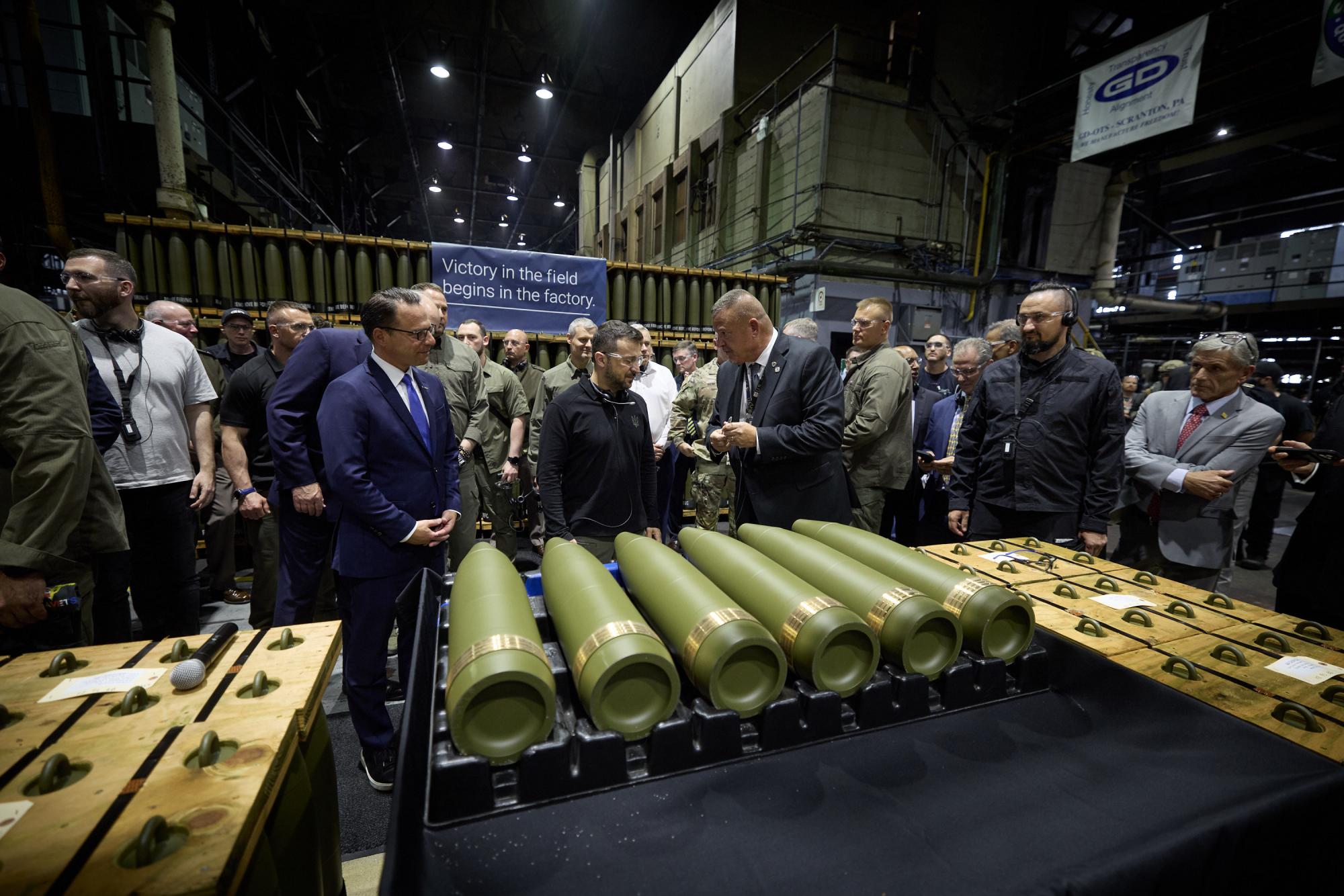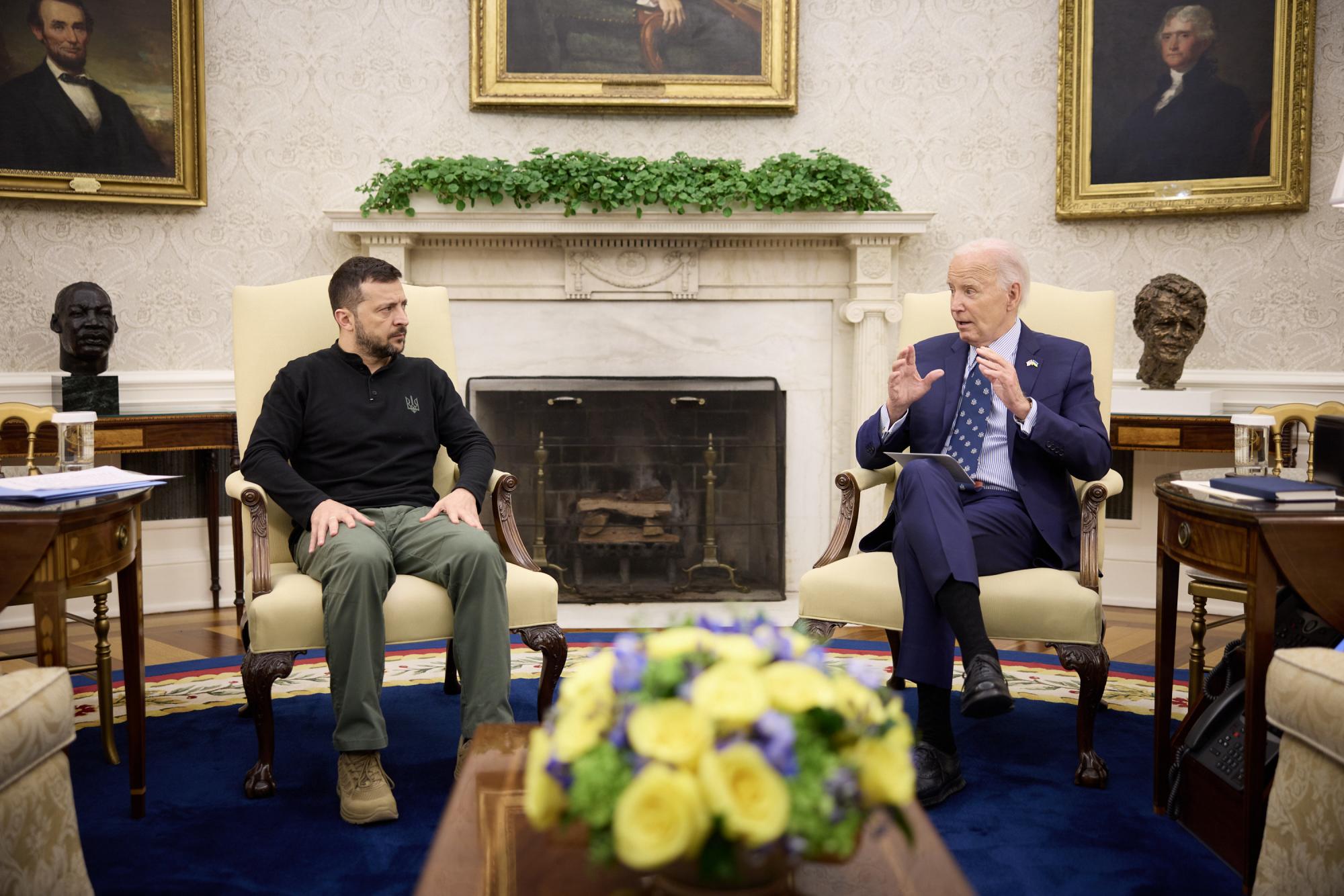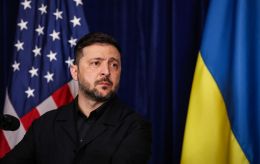How Ukraine found itself at epicenter of US election and why Trump chose to meet Zelenskyy
 Volodymyr Zelenskyy and Donald Trump (photo: RBC-Ukraine collage)
Volodymyr Zelenskyy and Donald Trump (photo: RBC-Ukraine collage)
Against their will, Ukraine and President Volodymyr Zelenskyy are increasingly being drawn into the US election campaign. How this happened and why Trump suddenly decided to meet with Zelenskyy is explained in the RBC-Ukraine's article below.
"Any country that becomes too closely tied to Ukraine gradually turns into Ukraine itself," one of the current authorities once told RBC-Ukraine. Despite the clear irony, there is some truth in this statement. Just look at what US politics has turned into recently and how much it resembles pre-war Ukrainian politics: rampant populism, replacing meaning with mocking the opponent, and even a storming of parliament.
One thing is certain—the US is indeed closely tied to Ukraine, and this connection is becoming stronger. Beyond the obvious contacts related to various forms of aid, Ukraine is once again becoming not just a subject but an object of US domestic politics. This is happening for the second time during Zelenskyy's presidency, against Kyiv's will.
In the first months of his presidency in 2019, Zelenskyy was drawn into the Trump impeachment saga, sparked by their phone conversation. While the then-president of the US remained in office, many reports suggest that Trump harbored a deep resentment toward Ukraine and Zelenskyy personally. A distant, utterly unfamiliar country had become the source of months-long problems for Trump.
Now, much more is at stake for Ukraine. Facing new and ongoing challenges from Russian aggression, Zelenskyy traveled to the US primarily to present American elites with his plan for Ukraine's victory. However, the American elites had their logic, focused entirely on the upcoming presidential election, which is only a month and a half away. Amid the scandal stirred up by the Republicans and Trump himself, the victory plan noticeably faded into the background.

Zelenskyy meeting with US senators (photo: Presidential Office)
More than two months after Kamala Harris was named the Democratic presidential candidate, Trump is still struggling to find a line of attack on the Democratic camp. Most American think tanks, relying on polling data, estimate his chances of winning the election as below 50%, albeit only slightly – but still below.
After Trump's attacks on Harris' racial background and tales of migrants eating cats and dogs failed to resonate with voters, the Republican campaign clearly decided to escalate a new issue – US aid to Ukraine and the funds allocated for it.
In recent weeks, it has become noticeable that Trump and his circle have stopped even pretending to have a neutral stance on Ukraine. During the debates, Trump pointedly avoided answering directly whether he wanted Ukraine to win the war. Immediately after, his vice-presidential candidate, J.D. Vance, presented his peace plan, which essentially amounted to Ukraine's capitulation without any compensation.
Clearly, despite the ostensible willingness to meet with Zelenskyy, Trump and his team had planned to use the Ukraine issue in advance. They just needed a pretext.
Such a pretext was found—early in his visit, Zelenskyy toured a military plant in Scranton, Pennsylvania. The visit seemed entirely logical—to visit a facility producing weapons for Ukraine and to thank its workers.
But there were a few “buts”. First of all, Pennsylvania is one of the key, if not the most important, states for the election results. It's quite possible that whoever wins more votes here will win the election overall. The gap between Harris and Trump in the polls is minimal, and 10,000-20,000 votes, if not fewer, could decide everything. As a result, both campaigns are paying maximum attention to Pennsylvania. Moreover, the state is home to a significant Polish and Ukrainian diaspora.
Secondly, it turned out that among those accompanying Zelenskyy, there was not a single Republican, only Democrats, led by Governor Josh Shapiro, who long ago was a frontrunner for Harris' running mate in the election.
Thirdly, Scranton is Joe Biden's hometown, though he spent only his early childhood there. If one wanted, they could see some symbolism in this.
The Republicans saw this symbolism and bombarded Zelenskyy with accusations of siding with their competitors. Perhaps the Ukrainian side didn’t fully consider all the risks—maybe it would have been better to start the visit in a less important state or, at the very least, not in Biden's hometown. They should have also ensured that Zelenskyy was accompanied by Republican politicians.

Zelenskyy at a plant in Scranton (photo: Office of the President)
Nevertheless, the accusations from Trump and his team seem far-fetched. During a previous visit, Zelenskyy went to the deeply Republican state of Utah, and Trump wasn't outraged by that (nor was Biden, for that matter). Foreign leaders frequently visit Trump, and Hungary’s Prime Minister Viktor Orbán is openly campaigning for the Republican candidate without any pretense – and no one interprets that as "interference in internal affairs" or anything of the sort. Zelenskyy's statements in his interview with The New Yorker, where he expressed skepticism about Trump and Vance's "peace initiatives," which also angered Republicans, were essentially just answers to the journalist's questions and didn’t cross any "red lines."
However, such details have never bothered Trump or, especially, his supporters. The decision to directly attack Ukraine and Zelenskyy personally was made, and Trump confidently escalated his rhetoric to the point where he claimed that "all cities in Ukraine, except Kyiv, have been destroyed." He accused Zelenskyy of thinking only about how to extract money from American taxpayers to continue the war, and said the Ukrainian army was made up of only the elderly and children because no one else is left – "millions" have died, and the rest have fled to Poland and, for some reason, Hungary.
And while one day, according to Trump, Zelenskyy "takes away" $60 billion from the US, and the next day, it turns out to be a whole $100 billion – at least for the core Republican electorate, this clearly resonates.
In April, after months of delays, Trump finally gave his fellow Republicans the green light to vote for the Ukraine aid package. He was convinced that otherwise, he might appear as a loser, responsible for allowing America's arch-enemy, Moscow, to achieve its greatest victory in decades. Now, it seems, he has been convinced of something else – that all the blame can be placed on Biden, Harris, and Zelenskyy.
In any case, until Friday Kyiv time, it seemed that the answer to the burning question, "Who is better for Ukraine: Harris or Trump?" had finally been found. The vague, overly general, but still pro-Ukrainian stance of Harris seemed better than Trump's open calls for "the worst deal" (for Ukraine). To some extent, it appeared that the Ukrainian leadership itself was leaning more toward the Democrat, largely pushed in that direction by Trump's aggressive actions, leaving them no other choice. In short, it seemed that the bets had been placed.

Volodymyr Zelenskyy and Joe Biden (photo: Office of the President)
However, Trump once again proved his ability to surprise. On Friday, he suddenly announced a meeting with Zelenskyy – when it seemed that all bridges had already been burned and that no meeting would take place, especially after everything that had been said previously.
What prompted the Republican to take this step is still unknown. The most obvious possibility is that quickly conducted polling data showed that such sharp anti-Ukrainian rhetoric was more alienating than attracting voters, including convinced Republicans, many of whom are genuine supporters of Ukraine. Or perhaps Trump will try to extract some concessions or justifications from Zelenskyy, which he can later present as a personal victory – after all, Trump loves to portray himself as a politician whom everyone either fears or, at the very least, listens to.
Trump even arranged the meeting in a way that made it clear who was in charge. In his social network Truth Social, the Republican posted a message from a Ukrainian diplomat requesting a meeting with Zelenskyy, and the event itself will take place on his turf – at the Trump Tower skyscraper in New York.
In any case, it’s premature to conclude that Trump has once again changed his stance and is now pro-Ukrainian. Firstly, after the conversation, he could say that the discussion was unproductive and that his arguments weren't heard. Secondly, he might take an even more "Trumpian" approach: after the meeting with Zelenskyy, he could declare, in his signature style, that it was "an excellent conversation," "the best conversation," "the best conversation in the history of humanity." And then, at the next rally, he could launch into a fresh barrage of even more absurd accusations against Zelenskyy.
For now, two things are clear. First, Zelenskyy is set to have a conversation with one of the most difficult interlocutors in his short but incredibly eventful political life. Second, both Republicans and Democrats will continue to exploit the issue of the war in Ukraine up until the very last day before the election and will attempt to drag the Ukrainian leadership deeper into the US electoral process. But it seems the bets have already been placed, and one single meeting is unlikely to change anything.

